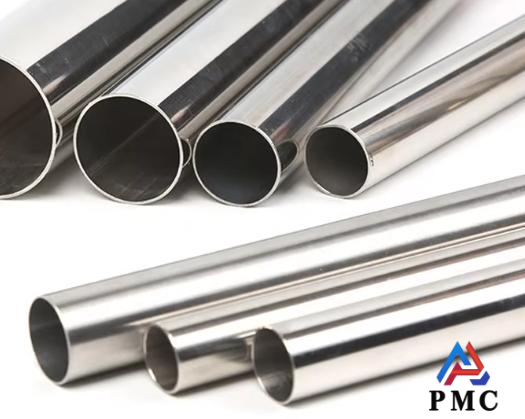
316L Stainless Steel VS 304 Stainless Steel: in Corrosion Resistance
316L stainless steel and 304 stainless steel are two common austenitic stainless steels. There are some important differences in their corrosion resistance, which is mainly due to the difference in their chemical composition. Permanent Steel Manufacturing Co., Ltd carefully summarizes the specific differences in the corrosion resistance of 316L stainless steel and 304 stainless steel:
1. Differences in chemical composition:
304 stainless steel: The main components are 18% chromium (Cr) and 8% nickel (Ni), also known as 18/8 stainless steel.
316L stainless steel: 2-3% molybdenum (Mo) is added to 304, and the carbon (C) content is reduced.
2. Difference in corrosion resistance:
General corrosion: In most environments, the general corrosion resistance of 304 and 316L is not much different. They can effectively resist atmospheric corrosion, fresh water corrosion and corrosion from most organic and inorganic acids.
Pitting corrosion: Pitting corrosion is a form of local corrosion that forms small holes on the metal surface. Since 316L has added molybdenum, its resistance to pitting corrosion is significantly better than 304. Molybdenum can improve the corrosion resistance of stainless steel in chloride ion environments and reduce the occurrence of pitting corrosion. Therefore, when used in seawater, salt water or other environments with high chloride ion content, 316L has better corrosion resistance.
Intergranular corrosion: Intergranular corrosion is corrosion that occurs at the grain boundaries. Since 316L has a lower carbon content (L stands for Low Carbon), the precipitation of carbides at the grain boundaries is reduced, thereby reducing the sensitivity to intergranular corrosion. In high welding or high temperature applications, 316L is less prone to intergranular corrosion than 304.
High temperature environment: 316L contains molybdenum, so it also shows better corrosion resistance and strength in high temperature environment.

3. Differences in application scenarios:
Based on the above differences in corrosion resistance, the application scenarios of 316L and 304 are different:
304 stainless steel: Due to its good comprehensive performance and relatively low cost, it is widely used in daily necessities, food industry equipment, general chemical equipment and other fields, such as: tableware, sinks, pipes, containers, etc.
316L stainless steel: Due to its excellent resistance to pitting corrosion and intergranular corrosion, it is more suitable for the following environments:
Marine environment: The chloride ion content in seawater is high, and 316L can better resist seawater corrosion.
Chemical industry: Some chemical media are highly corrosive, and 316L can provide better protection.
Food and pharmaceutical industry: Industries with high hygiene requirements, the corrosion resistance of 316L can better ensure product quality and safety.
High temperature environment: Equipment and components that need to withstand high temperatures, such as some industrial furnaces, heat exchangers, etc.
Conclusion
316L stainless steel is superior to 304 in corrosion resistance, especially in resistance to pitting corrosion, intergranular corrosion and corrosion resistance in high temperature environments. Therefore, when selecting stainless steel materials, comprehensive consideration should be given to the specific use environment and medium characteristics. If the use environment is relatively harsh, such as containing chloride ions, high temperature or high hygiene requirements, 316L stainless steel should be given priority.
Read more: Should I choose 304 Or 316 Stainless Steel for Bathroom?


